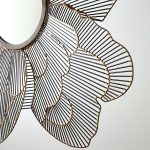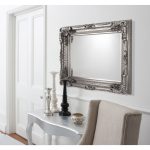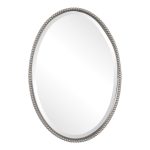Discover The Alluring Power Of Opaque Mirror: Embrace The Beauty Within And Click To Unveil Your Reflection
Opaque Mirror: The Mysterious Reflection
Introduction
Welcome, Nice Peoples! Today, we delve into the world of opaque mirrors, a fascinating subject that has intrigued scientists and researchers for years. In this article, we will explore its definition, history, uses, advantages, and disadvantages. Let’s uncover the secrets behind this enigmatic reflective surface.
2 Picture Gallery: Discover The Alluring Power Of Opaque Mirror: Embrace The Beauty Within And Click To Unveil Your Reflection
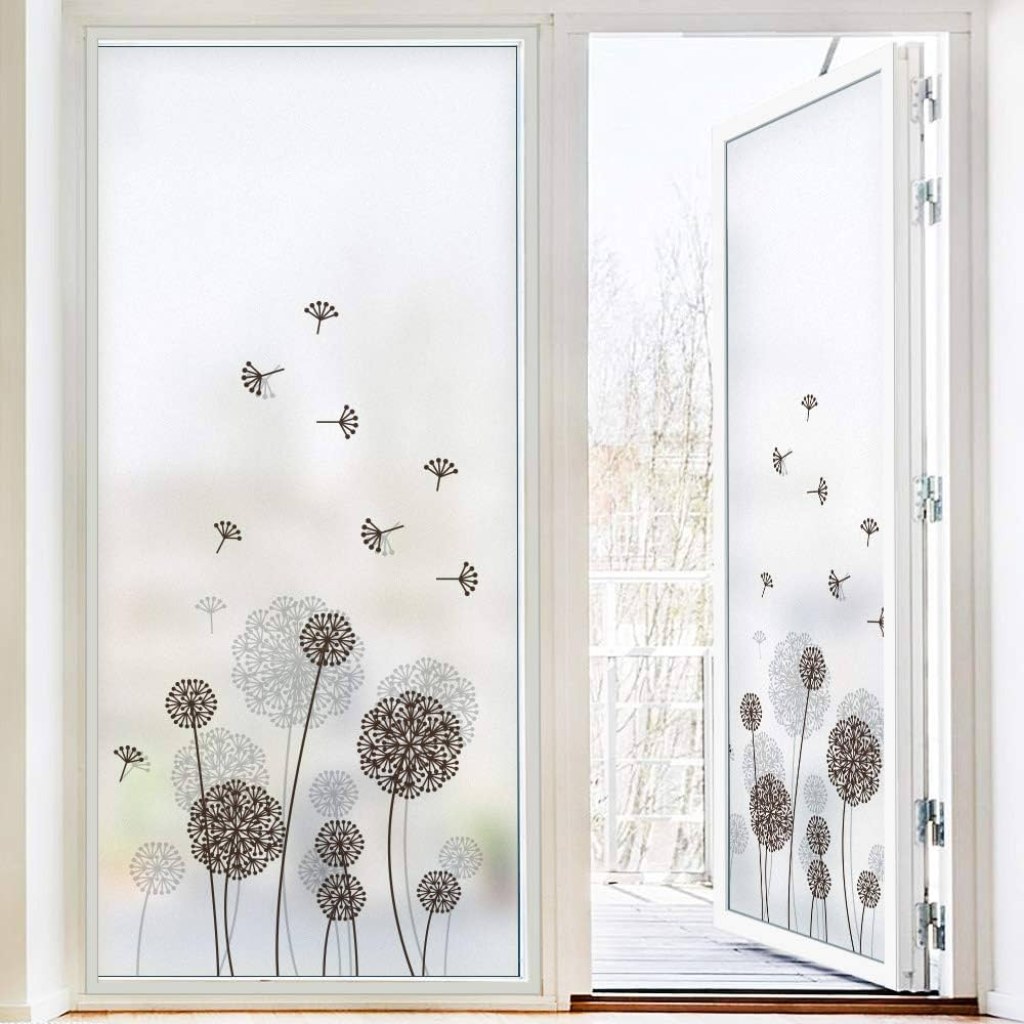
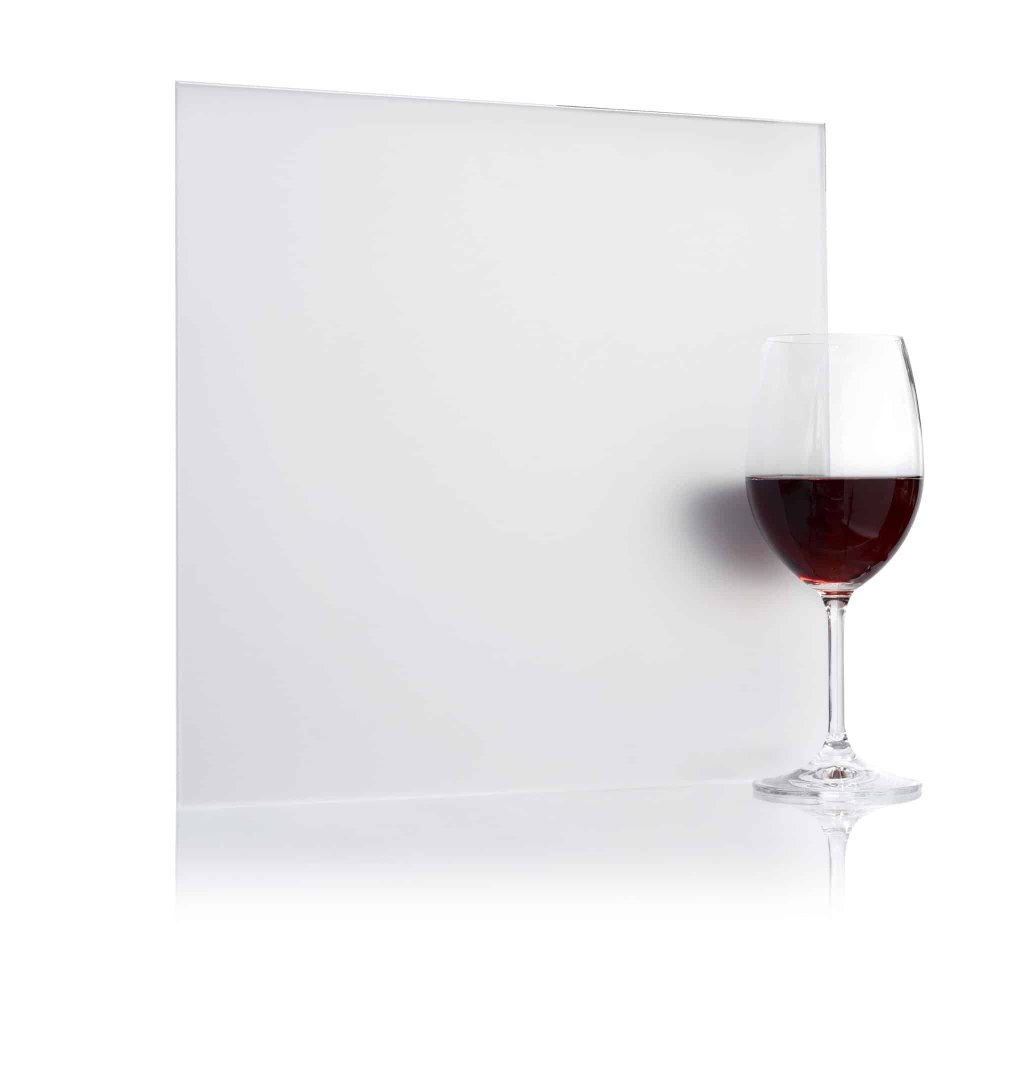
What is an Opaque Mirror?
An opaque mirror, also known as a one-way mirror or a two-way mirror, is a special type of mirror that reflects light on one side while allowing some light to pass through from the other side. This unique property makes it appear like a regular mirror on one side, while the other side remains transparent. 🪞
Definition

Image Source: media-amazon.com
An opaque mirror is a partially reflective surface that appears like a mirror on one side while allowing some light to transmit from the other side.
How does it work?
The reflection effect of an opaque mirror is achieved through a combination of materials with different optical properties. It consists of a thin layer of metal, such as aluminum, deposited onto a glass substrate. The metal layer reflects a significant amount of light, while the glass allows some light to transmit through. This creates the illusion of a mirror when the reflective side is brighter than the transmitted side.
History

Image Source: walkerglass.com
The concept of the opaque mirror dates back to ancient times. The earliest known use of this technology can be traced back to the Romans, who used polished metal for decorative purposes. Over the centuries, advancements in material science and optical technology have refined the manufacturing process, resulting in the opaque mirrors we know today.
Applications
Opaque mirrors find applications in various fields, including surveillance, architecture, photography, and entertainment. They are commonly used in interrogation rooms, where suspects can be observed without their knowledge. They also play a crucial role in television studios, allowing the audience to see the hosts while they view the video feed. Moreover, opaque mirrors are employed in architectural designs to create stunning visual effects. The possibilities are endless! 🌟
Who Uses Opaque Mirrors?
Opaque mirrors are utilized by a diverse range of industries and professionals. Law enforcement agencies harness their reflective properties for covert surveillance. Interior designers employ them to add an element of mystery and intrigue to their projects. Photographers and videographers utilize these mirrors to capture unique perspectives and create visually compelling compositions. With such versatility, opaque mirrors have become an indispensable tool for those seeking innovative and captivating solutions. 💡
Law Enforcement
Law enforcement agencies all around the world utilize opaque mirrors for surveillance purposes. Interrogation rooms often feature one-way mirrors, allowing investigators to observe suspects without their knowledge. This discreet setup enables officers to gather crucial information and evidence while maintaining the element of surprise.
Interior Designers
Opaque mirrors have made their way into the realm of interior design. They are used to create hidden doors, secret compartments, and unique visual effects. By incorporating these mirrors into their designs, interior designers can add an air of mystery and elegance to any space, captivating the attention of visitors.
Photographers and Videographers
Photographers and videographers use opaque mirrors as a creative tool to capture unique perspectives and create visually striking compositions. By strategically placing these mirrors, they can manipulate reflections and create captivating shots that tell compelling stories.
When Can Opaque Mirrors Be Used?
Opaque mirrors can be used in various situations and settings. Here are a few scenarios where these mirrors prove to be incredibly useful:
Surveillance
Opaque mirrors are commonly used in surveillance operations, allowing investigators to observe suspects discreetly. They are often employed in interrogation rooms, observation decks, and one-sided windows to maintain confidentiality and gather valuable intelligence.
Design and Architecture
In the realm of design and architecture, opaque mirrors are used to create illusions and enhance visual appeal. They can be incorporated into walls, ceilings, and even furniture to add a touch of elegance and intrigue. Opaque mirrors also find their place in creating unique visual effects in art installations and exhibitions.
Photography and Filmmaking
Opaque mirrors offer photographers and filmmakers endless creative possibilities. By manipulating reflections and playing with light, these mirrors can produce stunning visual effects and add depth to compositions. They are used in product photography, fashion shoots, and even in creating captivating scenes in movies and advertisements.
Where Can You Find Opaque Mirrors?
Opaque mirrors are widely available and can be found in various places. Here are some common locations where you might encounter them:
Interrogation Rooms
Law enforcement facilities, including police stations, interrogation rooms, and detention centers, often utilize opaque mirrors. These mirrors enable officers to observe suspects without their knowledge, ensuring a covert investigative process.
Television Studios
Opaque mirrors are commonly used in television studios, especially in talk shows and news programs. They allow the audience to see the hosts while they interact with guests or present news updates. This setup creates an immersive experience for viewers, enhancing their engagement.
Art Galleries and Installations
Art galleries and installations often incorporate opaque mirrors into their exhibits to create captivating visual effects. These mirrors help artists convey their concepts and evoke emotions in the viewers. They add an element of surprise and intrigue, making the overall experience more immersive and thought-provoking.
Why Should You Consider Opaque Mirrors?
Opaque mirrors offer a range of benefits that make them an attractive choice for various applications. Let’s explore some of the reasons why you should consider using opaque mirrors:
Privacy and Surveillance
Opaque mirrors provide a discreet way to observe and monitor without being detected. They are commonly used in interrogation rooms and surveillance setups, ensuring privacy and confidentiality. These mirrors facilitate effective law enforcement and investigation practices.
Creative Possibilities
With opaque mirrors, the creative possibilities are endless. They offer photographers, videographers, and designers a unique tool to explore and experiment with reflections, light, and composition. By incorporating these mirrors into their work, they can produce visually stunning and conceptually intriguing results.
Architectural Marvel
Opaque mirrors have become an essential element in contemporary architecture. They allow designers to create striking visual effects, transforming spaces into architectural marvels. By using these mirrors, architects can add depth, elegance, and mystery to their designs, capturing the attention of visitors.
How Are Opaque Mirrors Made?
The manufacturing process of opaque mirrors involves a combination of materials and precise techniques. Here are the key steps involved in creating these unique reflective surfaces:
Deposition of Metal
The first step is to deposit a thin layer of metal, typically aluminum, onto a glass substrate. This is done through a process called physical vapor deposition (PVD), where the metal is evaporated using a high-energy source and then condensed onto the glass surface. The thickness of the metal layer determines the optical properties of the mirror.
Coating and Protection
After the metal deposition, a protective layer is applied to the reflective side of the mirror. This coating helps prevent damage and corrosion, ensuring the longevity of the mirror. It also enhances the reflective properties and improves the overall durability.
Quality Control and Testing
Before the mirrors are ready for use, they undergo rigorous quality control and testing processes. This ensures that each mirror meets the desired optical specifications and performance standards. Various tests, such as reflectance measurements and visual inspections, are conducted to ensure the quality and functionality of the mirrors.
Pros and Cons of Opaque Mirrors
Advantages
1. Privacy: Opaque mirrors allow one-way visibility, providing privacy and confidentiality in surveillance and interrogation setups.
2. Creative Expression: These mirrors offer artists, photographers, and designers a unique tool to explore creativity and produce visually compelling compositions.
3. Architectural Enhancement: Opaque mirrors can transform spaces, adding depth, elegance, and intrigue to architectural designs.
4. Covert Monitoring: Law enforcement agencies benefit from opaque mirrors for discreetly observing suspects without alerting them.
5. Versatility: Opaque mirrors find applications in various fields, including architecture, photography, and entertainment, due to their unique properties.
Disadvantages
1. Limited Transparency: Opaque mirrors only allow partial transmission of light, limiting their use in scenarios that require full transparency.
2. Maintenance: The reflective coating of opaque mirrors may deteriorate over time, requiring regular maintenance and replacement.
3. Cost: Opaque mirrors can be relatively expensive compared to conventional mirrors due to their specialized construction and unique properties.
4. Fragility: These mirrors are more susceptible to damage and scratches compared to regular mirrors, requiring careful handling and protection.
5. Manufacturing Complexity: The production of opaque mirrors involves precise techniques and specialized equipment, making the manufacturing process more complex.
Frequently Asked Questions (FAQs)
Q: Can I use an opaque mirror for a two-way surveillance setup?
A: No, opaque mirrors only provide one-way visibility. For a two-way surveillance setup, you would need a transparent glass panel with a camera installed on one side and a screen on the other side.
Q: How can I clean an opaque mirror?
A: To clean an opaque mirror, use a soft, lint-free cloth and a gentle glass cleaner. Avoid using abrasive materials or harsh chemicals that could damage the reflective coating.
Q: Are opaque mirrors suitable for outdoor use?
A: Opaque mirrors are primarily designed for indoor use due to their limited resistance to weather conditions and potential damage from exposure to the elements.
Q: Can opaque mirrors be used in bathrooms?
A: While opaque mirrors can be used in bathrooms, their partial transparency may not provide the level of privacy desired in certain situations. It is recommended to use fully opaque or frosted mirrors for enhanced privacy.
Q: Can opaque mirrors be custom-made?
A: Yes, opaque mirrors can be custom-made to meet specific requirements. Manufacturers can adjust the level of reflectivity, transparency, and size according to the needs of the customer.
Conclusion
After unveiling the secrets behind opaque mirrors, it is clear that these reflective surfaces hold immense potential in various industries. From law enforcement to interior design and artistic expression, opaque mirrors offer a world of endless possibilities. Their unique properties, coupled with their ability to add privacy, creativity, and elegance, make them a valuable tool for those seeking innovation and captivating visual experiences. Now that you’re familiar with opaque mirrors, it’s time to explore the myriad ways they can enhance your world. Embrace the mysterious reflection and let your creativity shine! ✨
Final Remarks
In conclusion, opaque mirrors have captivated our imagination with their intriguing qualities and applications. As you embark on your journey of exploring these reflective wonders, keep in mind the opportunities they present for enhancing privacy, unleashing creativity, and transforming spaces. However, it is essential to note that opaque mirrors, like any other product, have their limitations and challenges. Ensure proper maintenance, consider the specific requirements of your project, and consult with professionals to make informed decisions. Embrace the enigma of opaque mirrors and let them empower you to create, observe, and inspire. 🖤
This post topic: Mirror
